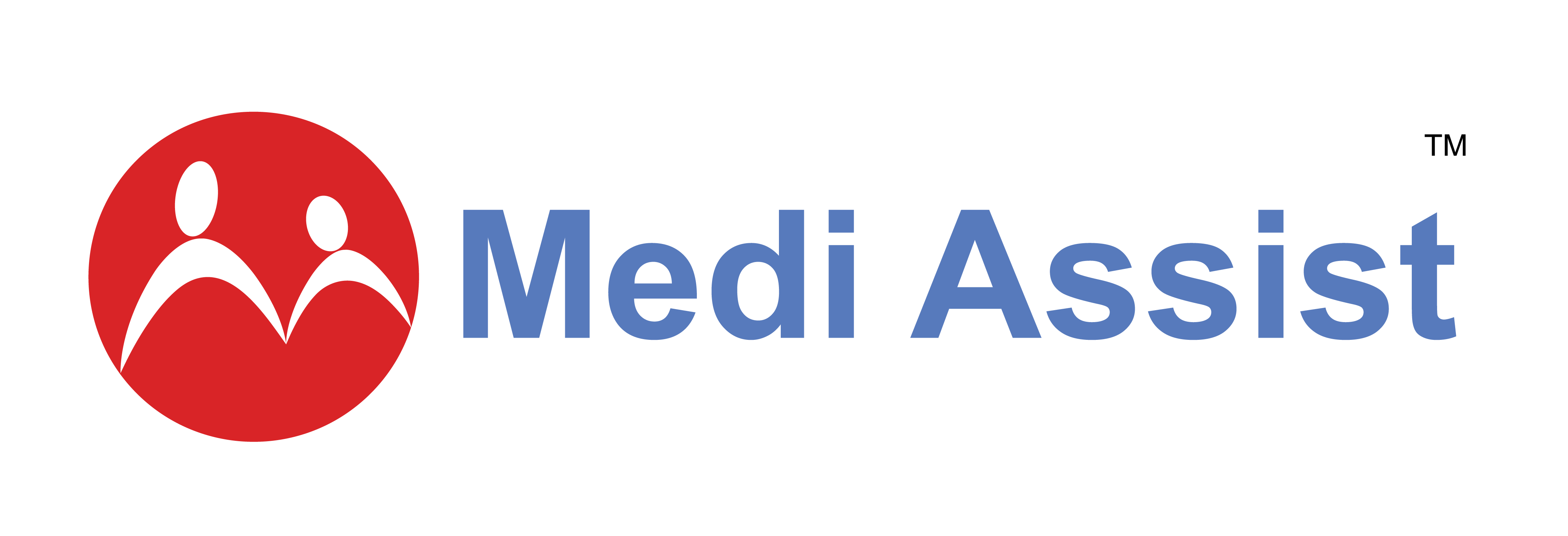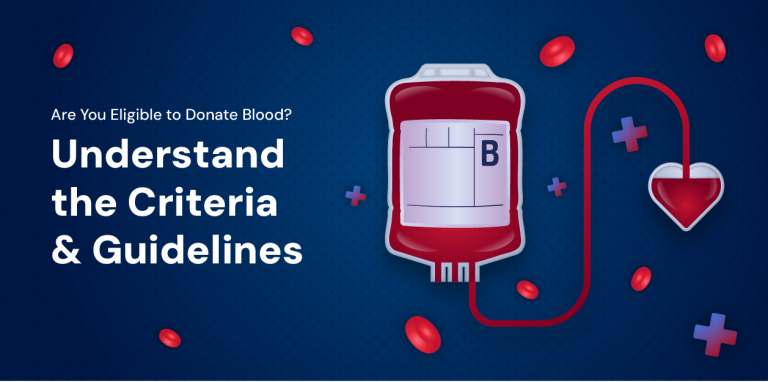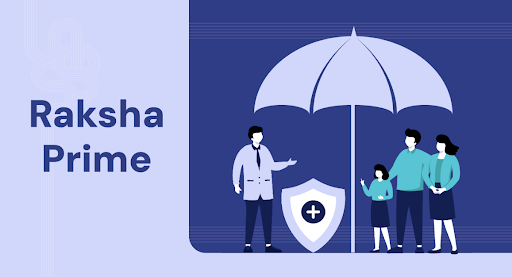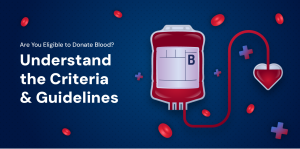There is a general impression among patients that they need not pay if they get cashless admission at hospital or their liability is very less in such a claim. This may be true in many cases, but not in all the cases.
You may end up paying small or significant amount of hospital bill in a cashless admission based on following terms and conditions:
Non admissible items and other exclusions: Insurance does not cover certain items and services which hospital charge to a patient. For example, hospitals charge patient for items such as hand sanitizers, gloves etc which are non admissible in a claim. Services such as registration charge, admission fee, insurance processing charges, medical record fee etc are also non payable. Depending on how much of these items and services are billed to you, this much will be your liability in cashless hospitalization.
Copay: Some retail policies have co-payment requirement in every claim of their senior citizen policyholders. In many corporate group health insurance policies, copay is applicable in claims of parents and other dependent family members of
Room rent limit: Barring a few, every insurance policy puts an upper limit on the room rent or room category that a insurance-covered patient is eligible for. If the patient ends of staying in a room whose rent is higher than the limit defined in the policy, insurance company will pay for the bill proportionately.
Treatment sub-limit: Some surgeries or treatments are covered in insurance policy with their own specific capping. For example, one may have policy with 3 lakh sum insured, but normal delivery may be covered only up to 30000 and c-section delivery may be covered only up to 50000. If the hospital bills the patient for any amount higher than this limit, the differential has to be borne by patient.
To save yourself from this shocker, it is advisable to check your eligibility every time there is a hospitalization.







